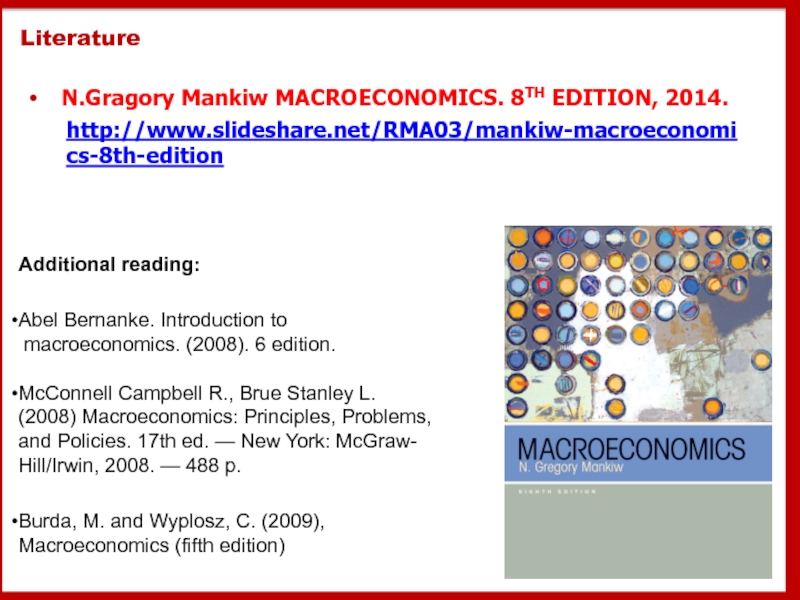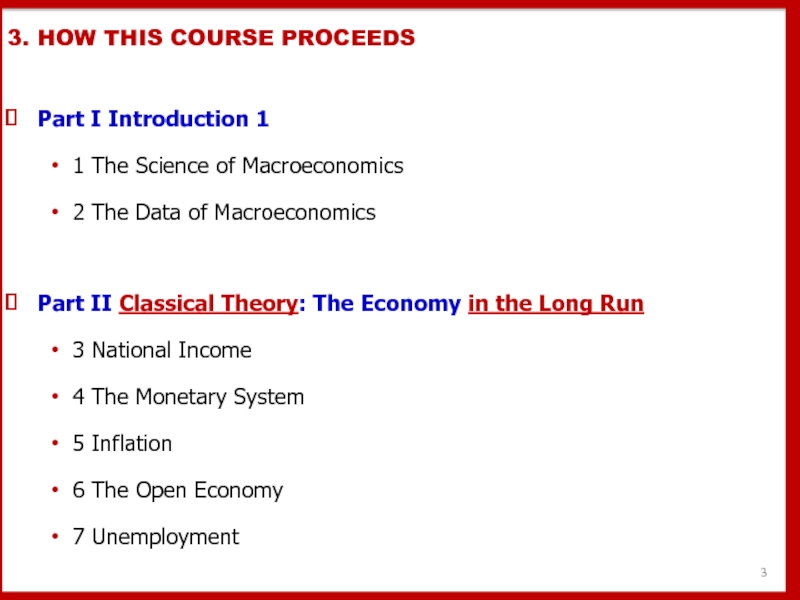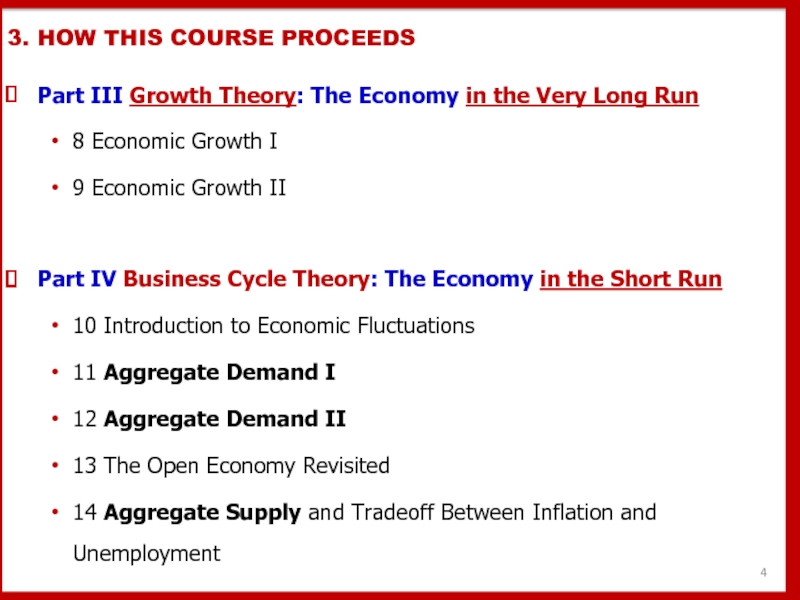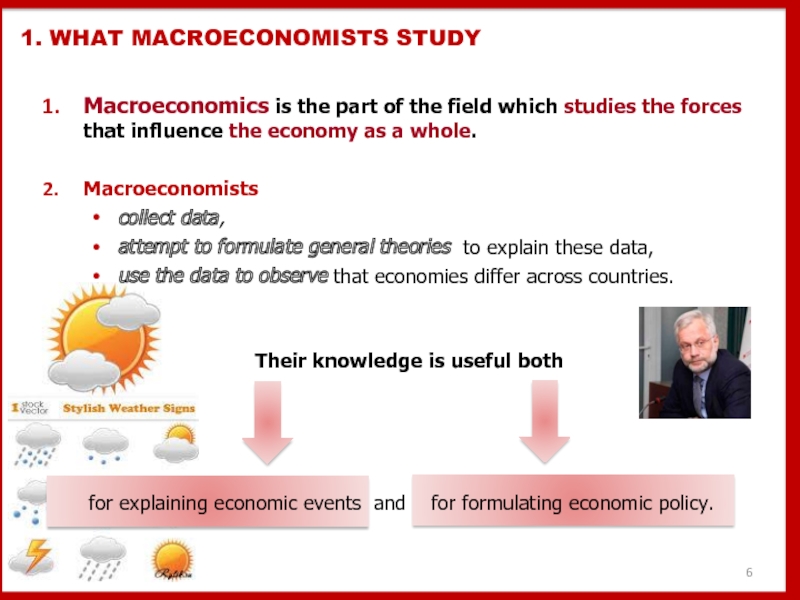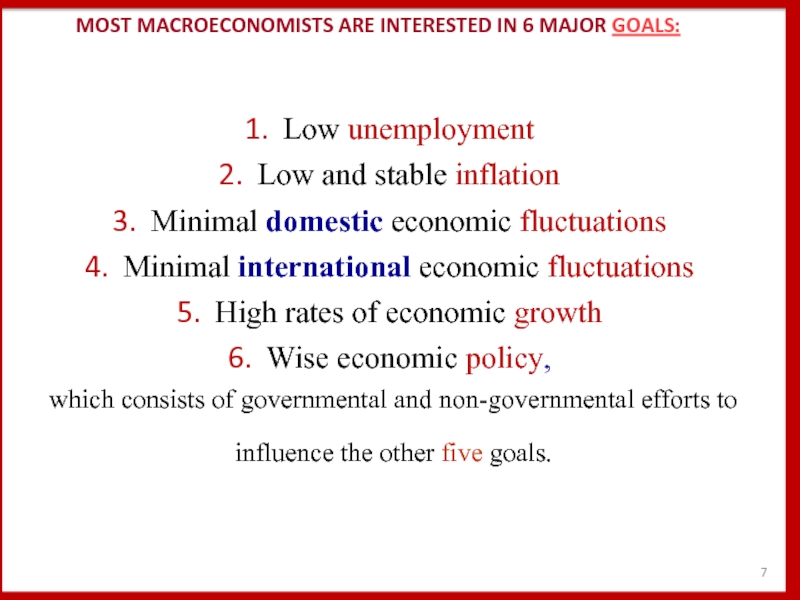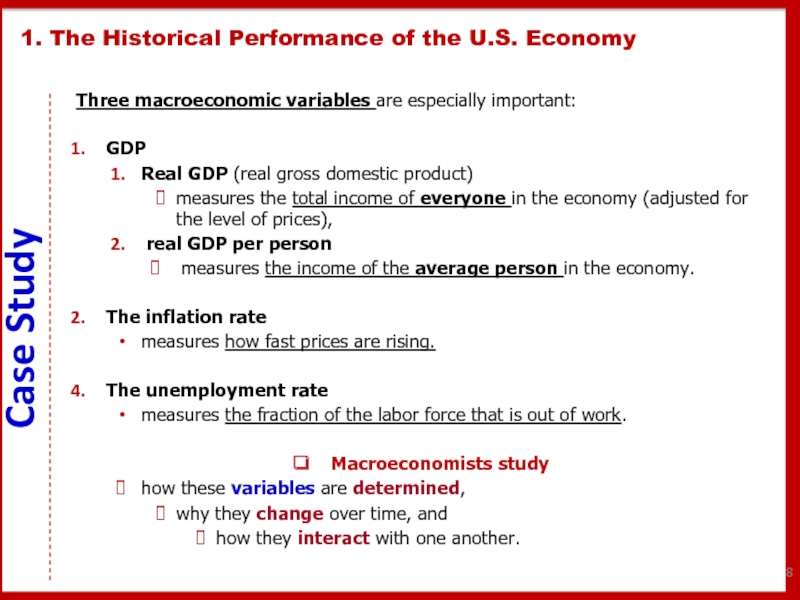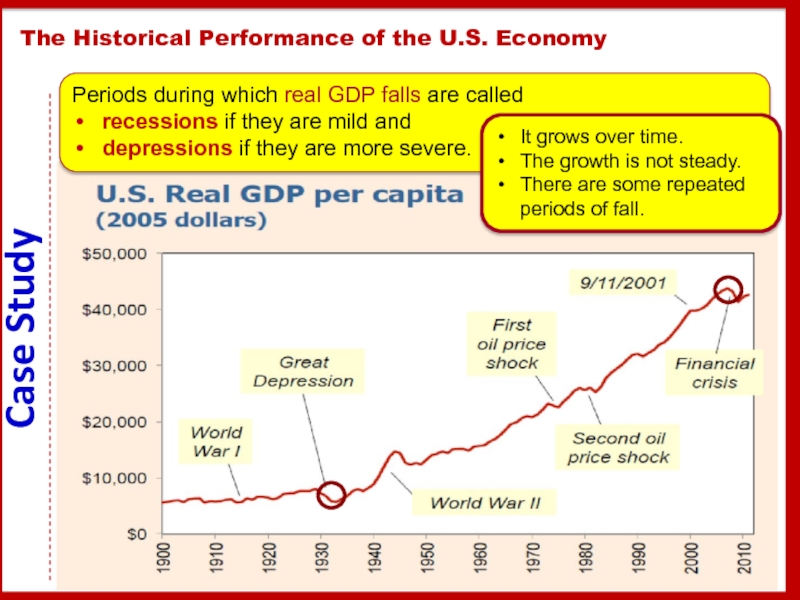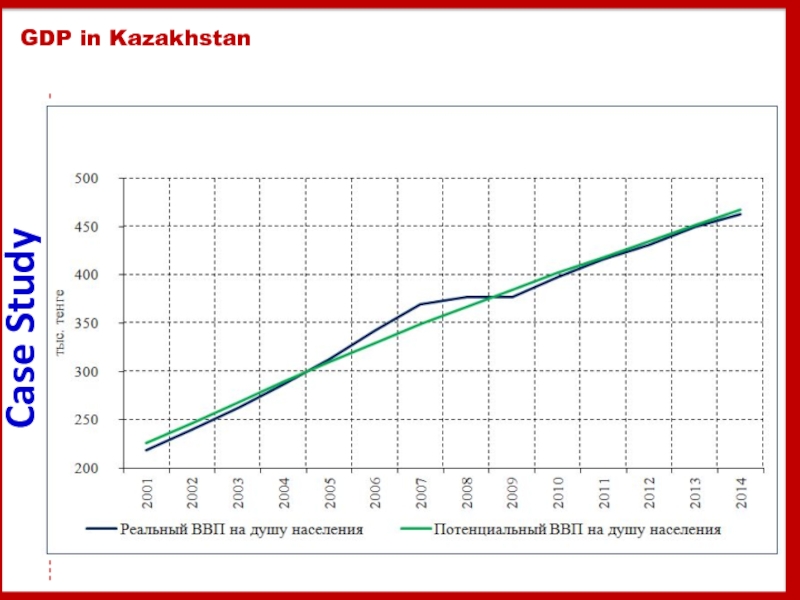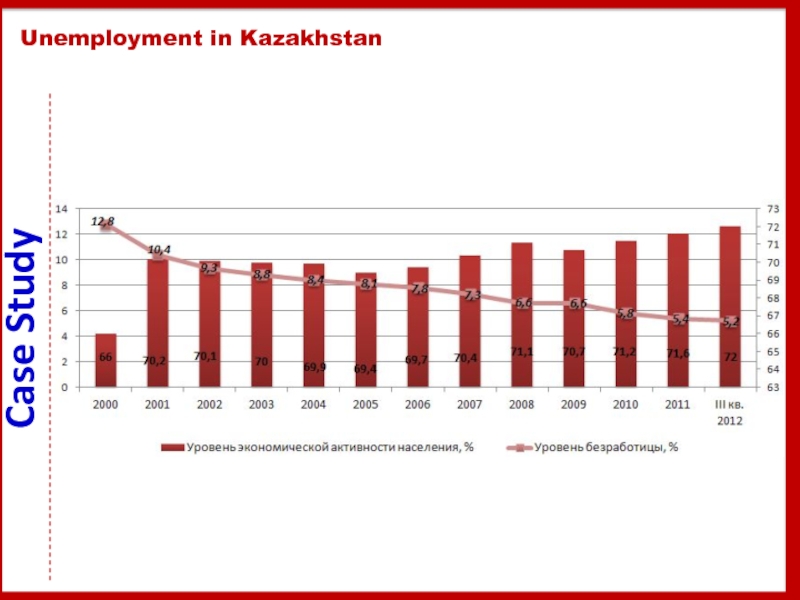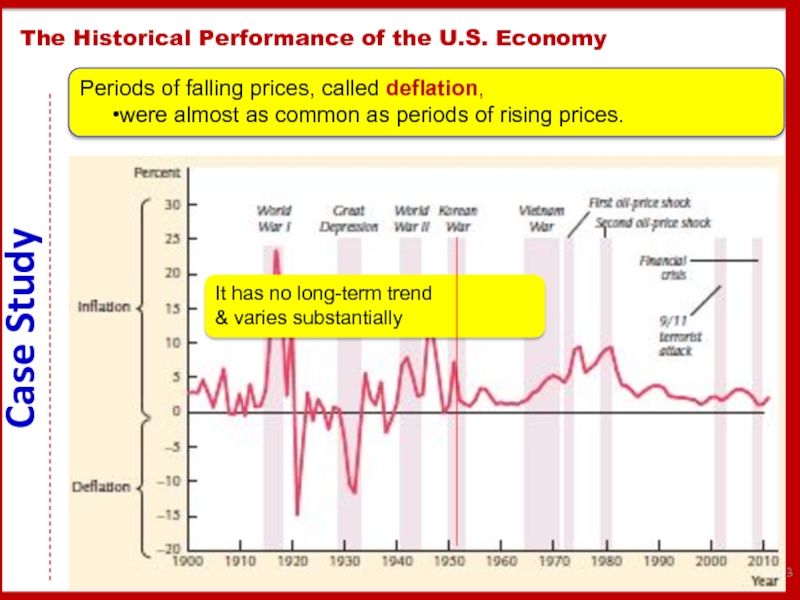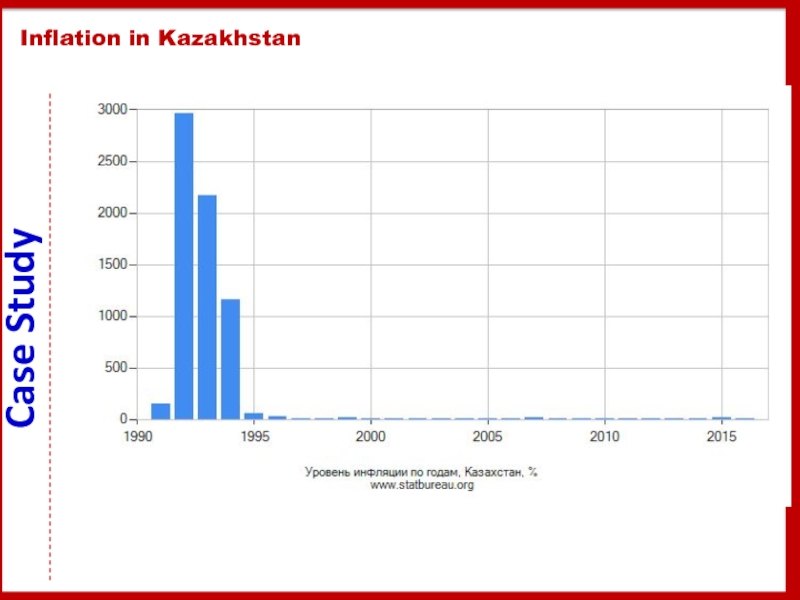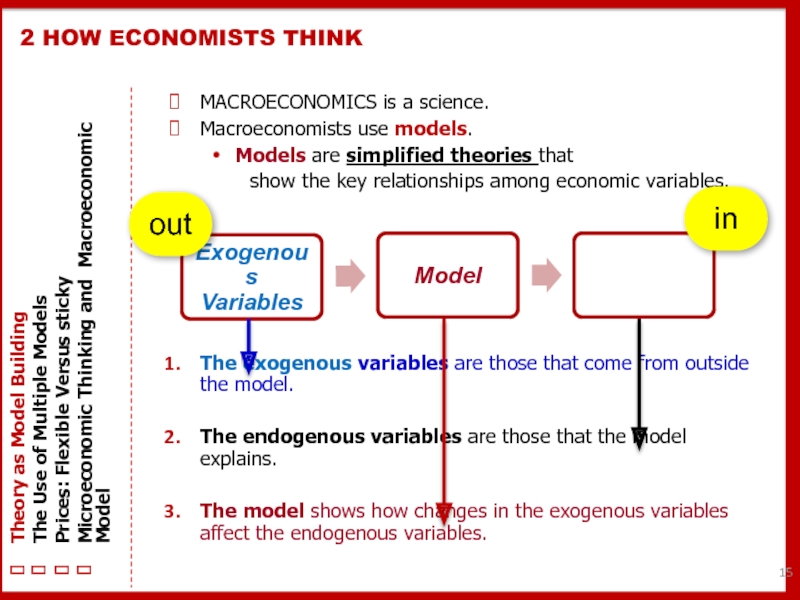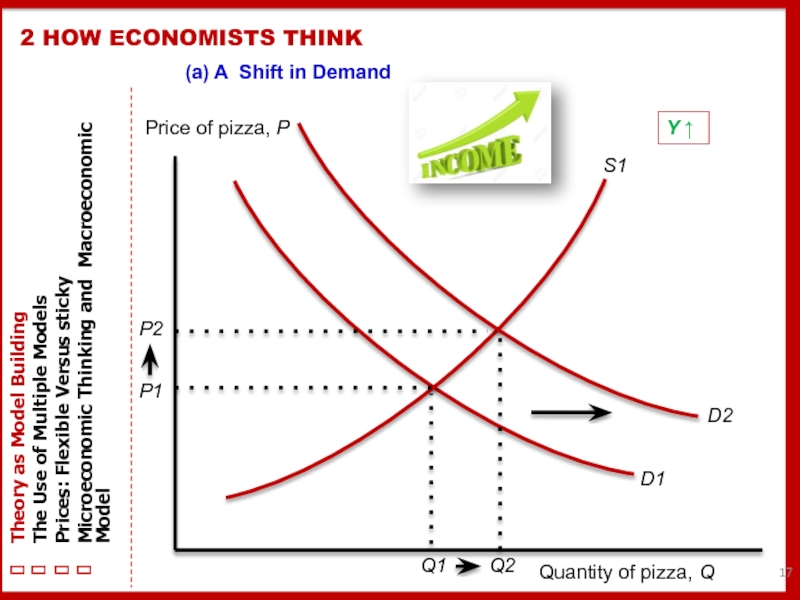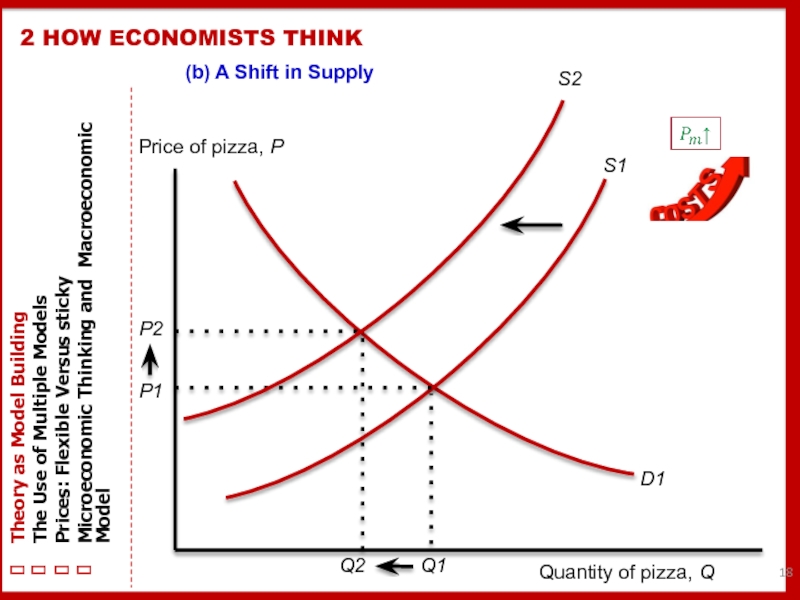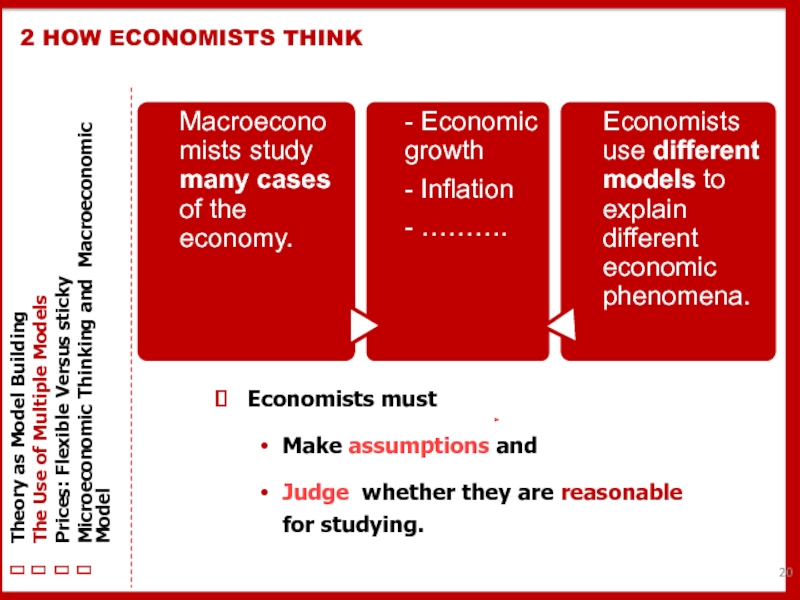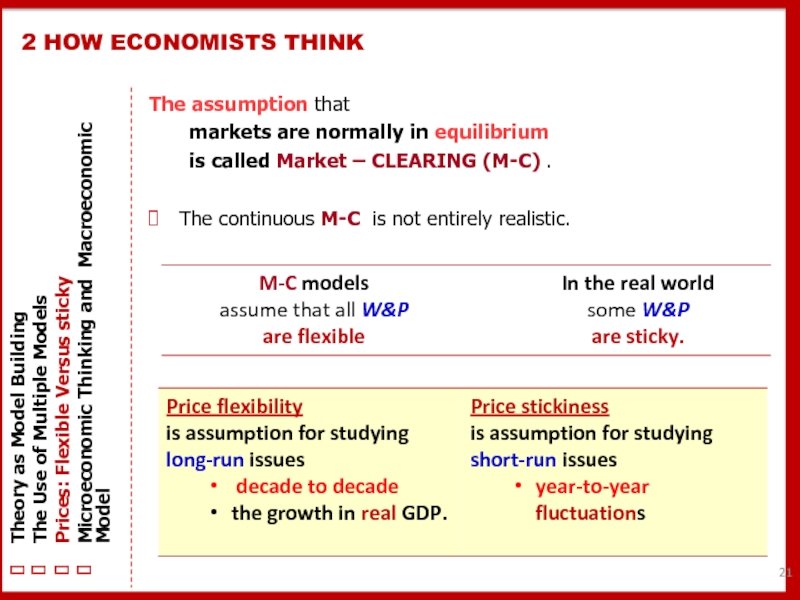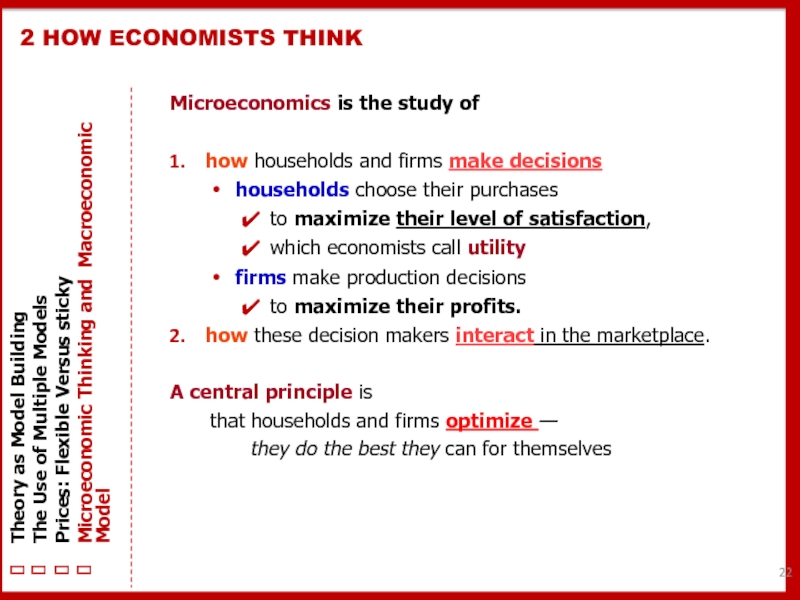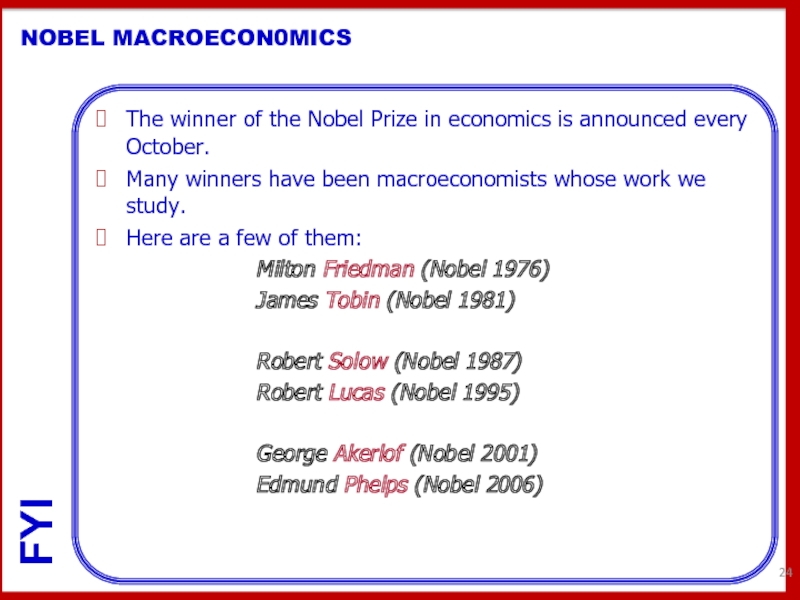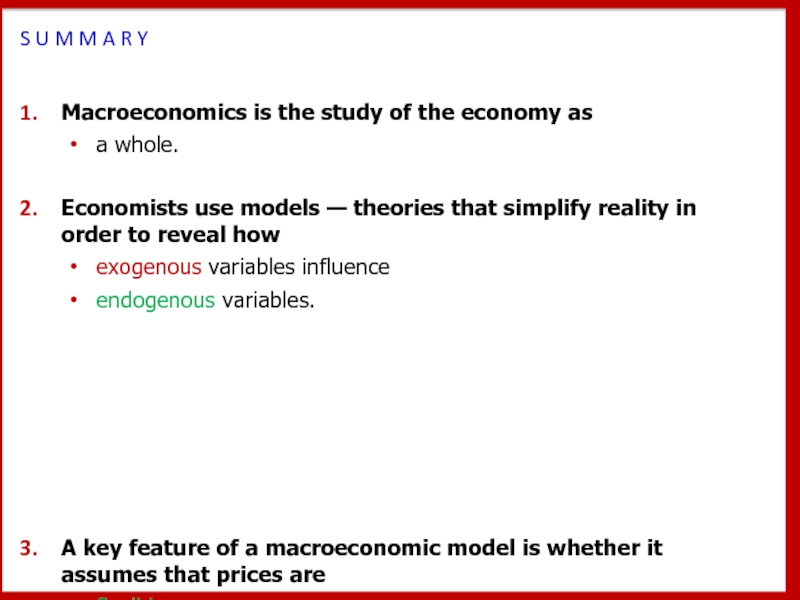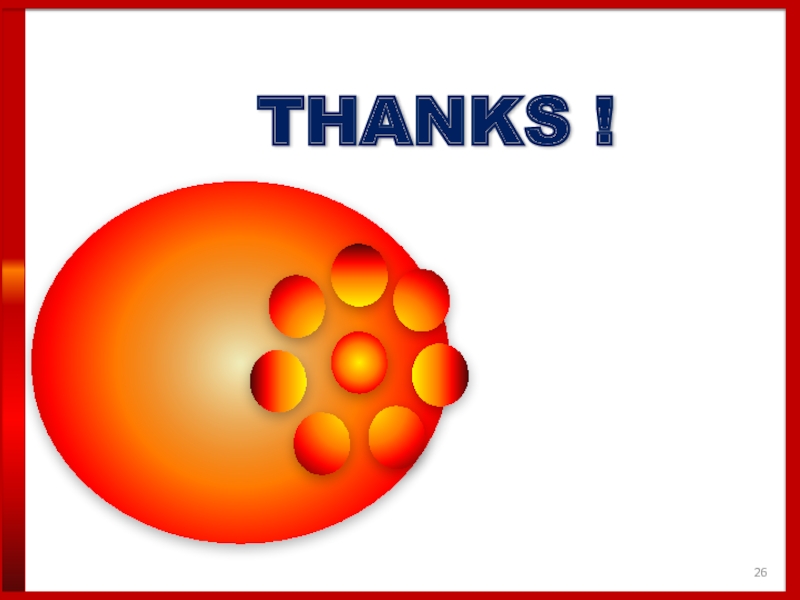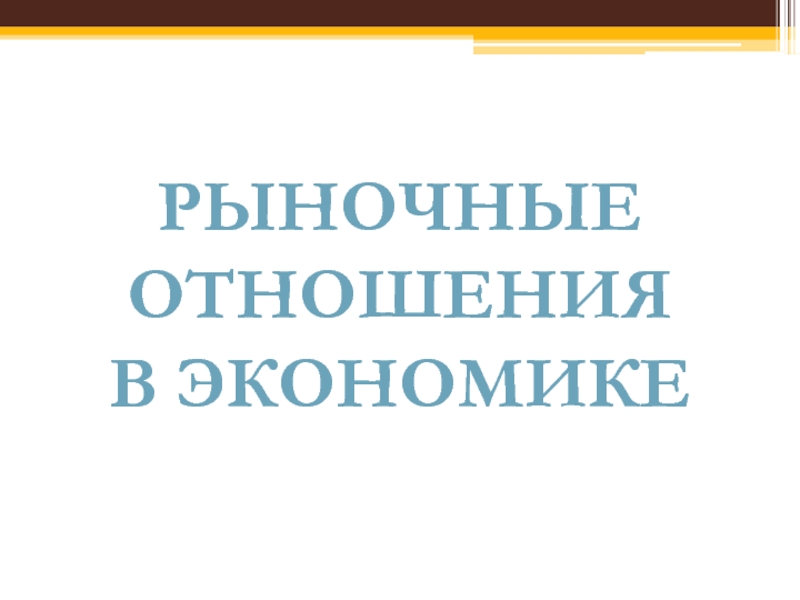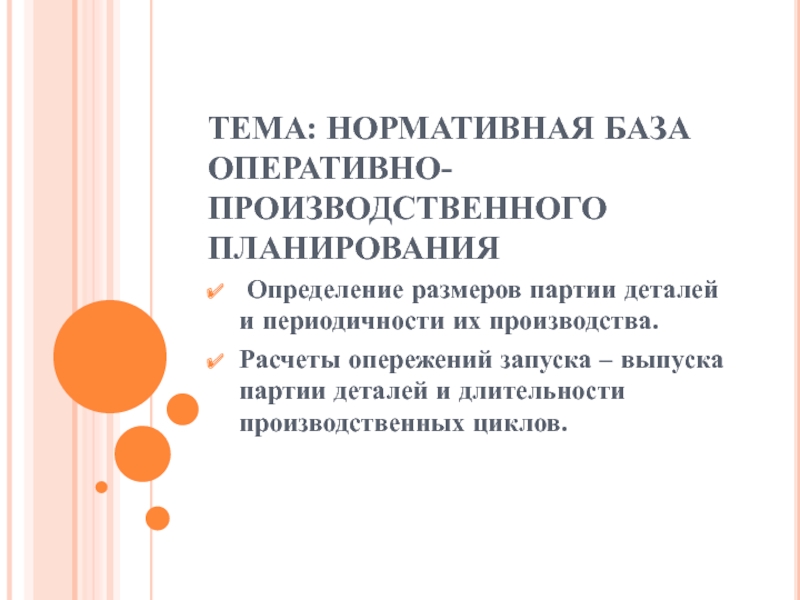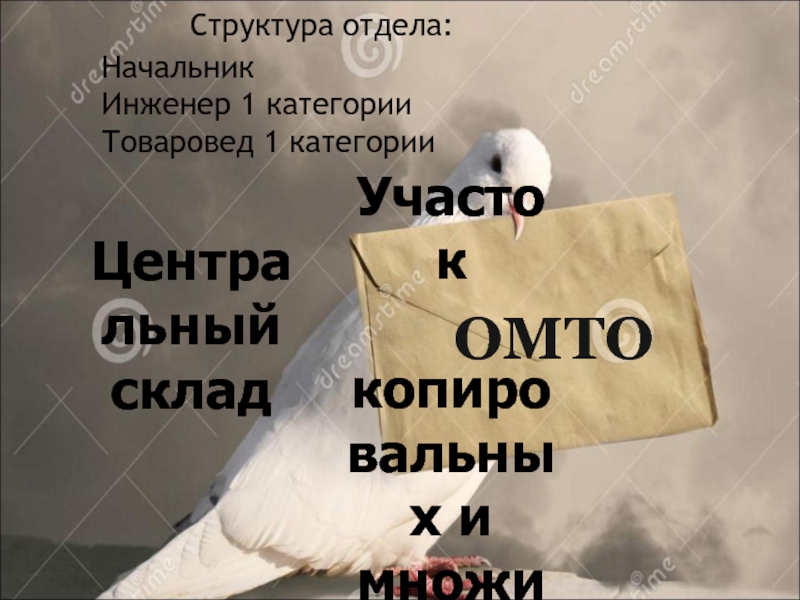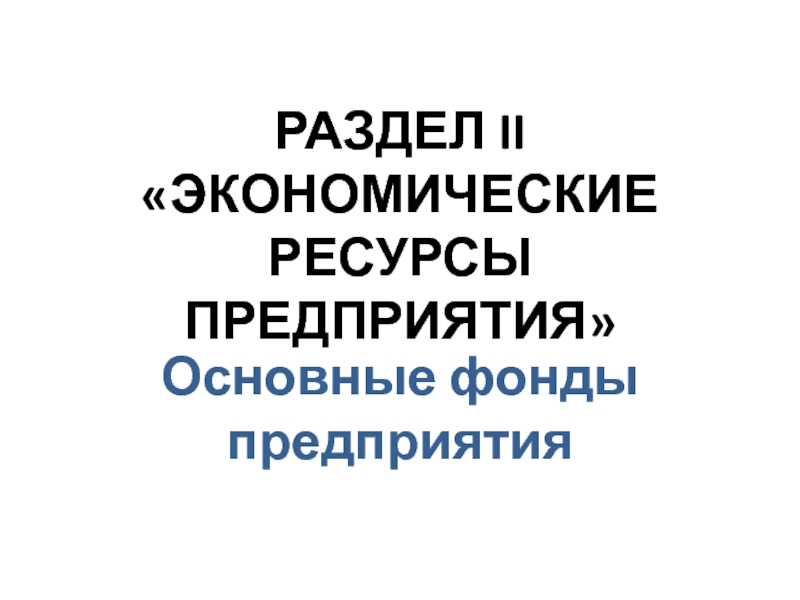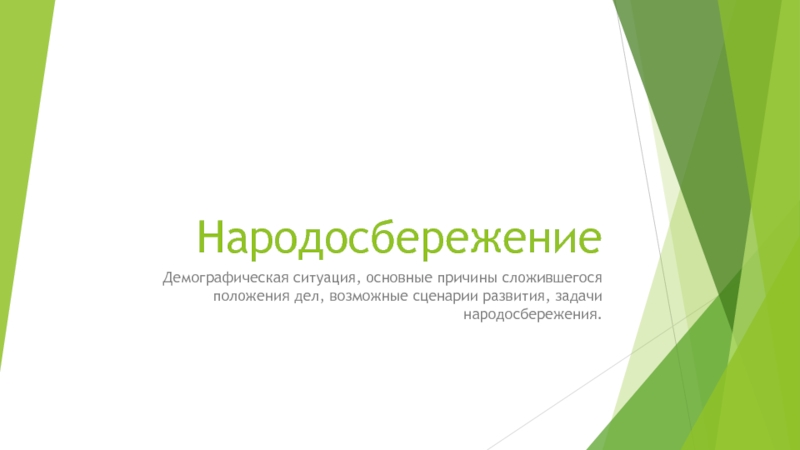- Главная
- Разное
- Дизайн
- Бизнес и предпринимательство
- Аналитика
- Образование
- Развлечения
- Красота и здоровье
- Финансы
- Государство
- Путешествия
- Спорт
- Недвижимость
- Армия
- Графика
- Культурология
- Еда и кулинария
- Лингвистика
- Английский язык
- Астрономия
- Алгебра
- Биология
- География
- Детские презентации
- Информатика
- История
- Литература
- Маркетинг
- Математика
- Медицина
- Менеджмент
- Музыка
- МХК
- Немецкий язык
- ОБЖ
- Обществознание
- Окружающий мир
- Педагогика
- Русский язык
- Технология
- Физика
- Философия
- Химия
- Шаблоны, картинки для презентаций
- Экология
- Экономика
- Юриспруденция
The science of macroeconomics презентация
Содержание
- 1. The science of macroeconomics
- 2. Literature N.Gragory Mankiw MACROECONOMICS. 8TH EDITION,
- 3. Part I Introduction 1 1 The
- 4. Part III Growth Theory: The Economy in
- 5. WHAT MACROECONOMISTS STUDY HOW ECONOMISTS THINK
- 6. Macroeconomics is the part of
- 7. Low unemployment Low and stable inflation Minimal
- 8. 1. The Historical Performance of the U.S.
- 9. Real GDP per person The Historical Performance
- 10. GDP in Kazakhstan
- 11. The Historical Performance of the U.S. Economy
- 12. Unemployment in Kazakhstan
- 13. The Historical Performance of the U.S. Economy
- 14. Inflation in Kazakhstan
- 15. MACROECONOMICS is a science. Macroeconomists use models.
- 16. 2 HOW ECONOMISTS THINK Price
- 17. 2 HOW ECONOMISTS THINK Price
- 18. 2 HOW ECONOMISTS THINK Price
- 19. USING FUNCTIONS A function is
- 20. Economists must Make assumptions and Judge
- 21. The assumption that markets are normally
- 22. Microeconomics is the study of
- 23. Macroeconomics and microeconomics are inextricably linked.
- 24. The winner of the Nobel Prize in
- 25. S U M M A R Y
Слайд 2Literature
N.Gragory Mankiw MACROECONOMICS. 8TH EDITION, 2014.
http://www.slideshare.net/RMA03/mankiw-macroeconomics-8th-edition
Additional reading:
Abel Bernanke. Introduction to
McConnell Campbell R., Brue Stanley L.
(2008) Macroeconomics: Principles, Problems,
and Policies. 17th ed. — New York: McGraw-
Hill/Irwin, 2008. — 488 p.
Burda, M. and Wyplosz, C. (2009),
Macroeconomics (fifth edition)
Слайд 3
Part I Introduction 1
1 The Science of Macroeconomics
2 The Data of
Part II Classical Theory: The Economy in the Long Run
3 National Income
4 The Monetary System
5 Inflation
6 The Open Economy
7 Unemployment
3. HOW THIS COURSE PROCEEDS
Слайд 4Part III Growth Theory: The Economy in the Very Long Run
8
9 Economic Growth II
Part IV Business Cycle Theory: The Economy in the Short Run
10 Introduction to Economic Fluctuations
11 Aggregate Demand I
12 Aggregate Demand II
13 The Open Economy Revisited
14 Aggregate Supply and Tradeoff Between Inflation and Unemployment
3. HOW THIS COURSE PROCEEDS
Слайд 6
Macroeconomics is the part of the field which studies the forces
Macroeconomists
collect data,
attempt to formulate general theories to explain these data,
use the data to observe that economies differ across countries.
Their knowledge is useful both
for explaining economic events and for formulating economic policy.
1. WHAT MACROECONOMISTS STUDY
Слайд 7Low unemployment
Low and stable inflation
Minimal domestic economic fluctuations
Minimal international economic fluctuations
High
Wise economic policy,
which consists of governmental and non-governmental efforts to
influence the other five goals.
MOST MACROECONOMISTS ARE INTERESTED IN 6 MAJOR GOALS:
Слайд 81. The Historical Performance of the U.S. Economy
Three macroeconomic variables are
GDP
Real GDP (real gross domestic product)
measures the total income of everyone in the economy (adjusted for the level of prices),
real GDP per person
measures the income of the average person in the economy.
The inflation rate
measures how fast prices are rising.
The unemployment rate
measures the fraction of the labor force that is out of work.
Macroeconomists study
how these variables are determined,
why they change over time, and
how they interact with one another.
Слайд 9Real GDP per person
The Historical Performance of the U.S. Economy
Periods during
recessions if they are mild and
depressions if they are more severe.
It grows over time.
The growth is not steady.
There are some repeated periods of fall.
Слайд 11The Historical Performance of the U.S. Economy
Recessions and depressions are associated
Percent
unemployed
It has no long-term trend
It varies substantially
Слайд 13The Historical Performance of the U.S. Economy
Periods of falling prices, called
were almost as common as periods of rising prices.
It has no long-term trend
& varies substantially
Слайд 15MACROECONOMICS is a science.
Macroeconomists use models.
Models are simplified theories that
show the key relationships among economic variables.
The exogenous variables are those that come from outside the model.
The endogenous variables are those that the model explains.
The model shows how changes in the exogenous variables affect the endogenous variables.
2 HOW ECONOMISTS THINK
Theory as Model Building
The Use of Multiple Models
Prices: Flexible Versus sticky
Microeconomic Thinking and Macroeconomic Model
out
in
Слайд 162 HOW ECONOMISTS THINK
Price of pizza, P
Quantity of pizza, Q
Demand
Supply
Market
Equilibrium quantity
Equilibrium price
The Model of Supply and Demand
Exogenous
Endogenous
The demand curve is
a downward-sloping curve relating
the price of pizza to
the quantity of pizza
that consumers demand.
The supply curve is
an upward-sloping curve relating
the price of pizza to
the quantity of pizza
that pizzerias supply
Слайд 172 HOW ECONOMISTS THINK
Price of pizza, P
Quantity of pizza, Q
D1
S1
(a)
D2
Q1
Q2
P1
P2
Theory as Model Building
The Use of Multiple Models
Prices: Flexible Versus sticky
Microeconomic Thinking and Macroeconomic Model
Y ↑
Слайд 182 HOW ECONOMISTS THINK
Price of pizza, P
Quantity of pizza, Q
D1
S1
(b)
Q1
Q2
P1
P2
S2
Theory as Model Building
The Use of Multiple Models
Prices: Flexible Versus sticky
Microeconomic Thinking and Macroeconomic Model
Слайд 19
USING FUNCTIONS
A function is a mathematical concept that
shows how
set of other variables.
Слайд 20Economists must
Make assumptions and
Judge whether they are reasonable for studying.
2
Theory as Model Building
The Use of Multiple Models
Prices: Flexible Versus sticky
Microeconomic Thinking and Macroeconomic Model
Слайд 21The assumption that
markets are normally in equilibrium
is called Market
The continuous M-C is not entirely realistic.
2 HOW ECONOMISTS THINK
Theory as Model Building
The Use of Multiple Models
Prices: Flexible Versus sticky
Microeconomic Thinking and Macroeconomic Model
Слайд 22Microeconomics is the study of
how households and firms make decisions
households choose their purchases
to maximize their level of satisfaction,
which economists call utility
firms make production decisions
to maximize their profits.
how these decision makers interact in the marketplace.
A central principle is
that households and firms optimize —
they do the best they can for themselves
2 HOW ECONOMISTS THINK
Theory as Model Building
The Use of Multiple Models
Prices: Flexible Versus sticky
Microeconomic Thinking and Macroeconomic Model
Слайд 23Macroeconomics and microeconomics are inextricably linked.
Although
microeconomic decisions underlie macroeconomic phenomena,
macroeconomic models DO NOT NECESSARILY focus on
the optimizing behavior of households and firms.
2. HOW ECONOMISTS THINK
Theory as Model Building
The Use of Multiple Models
Prices: Flexible Versus sticky
Microeconomic Thinking and Macroeconomic Model
Слайд 24The winner of the Nobel Prize in economics is announced every
Many winners have been macroeconomists whose work we study.
Here are a few of them:
Milton Friedman (Nobel 1976)
James Tobin (Nobel 1981)
Robert Solow (Nobel 1987)
Robert Lucas (Nobel 1995)
George Akerlof (Nobel 2001)
Edmund Phelps (Nobel 2006)
NOBEL MACROECON0MICS
Слайд 25S U M M A R Y
Macroeconomics is the study
a whole.
Economists use models — theories that simplify reality in order to reveal how
exogenous variables influence
endogenous variables.
A key feature of a macroeconomic model is whether it assumes that prices are
flexible or
sticky.
Microeconomics is the study of
how firms and individuals make decisions and
how these decision makers interact.

